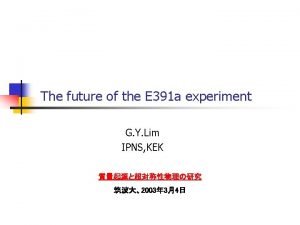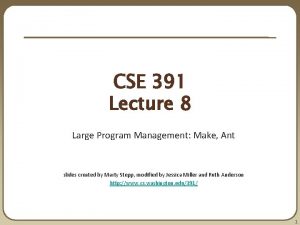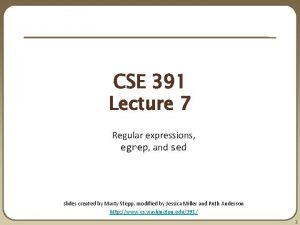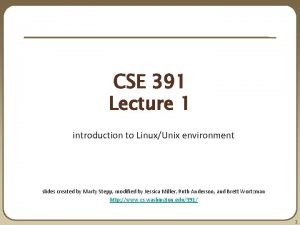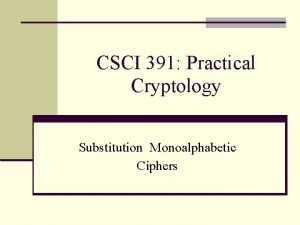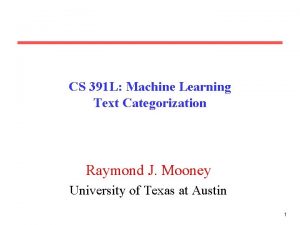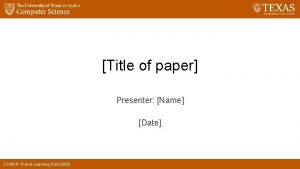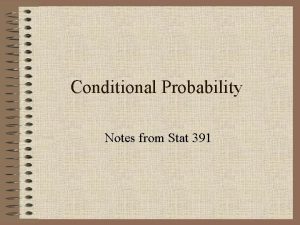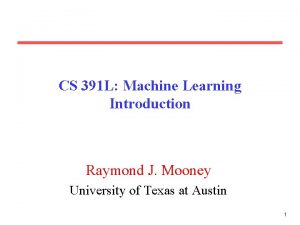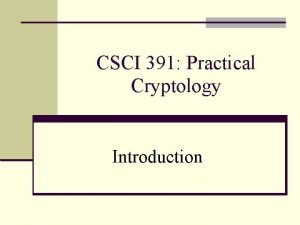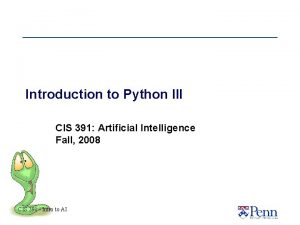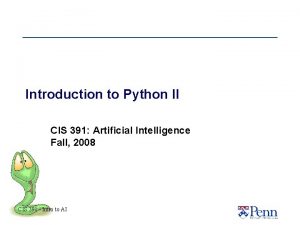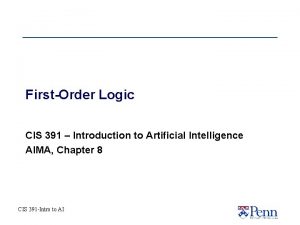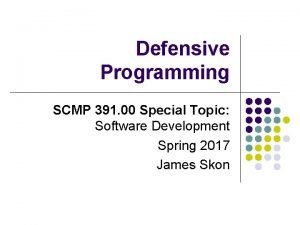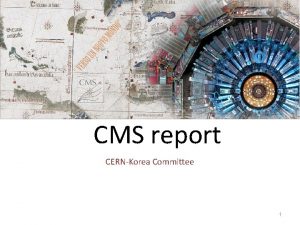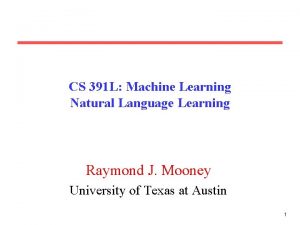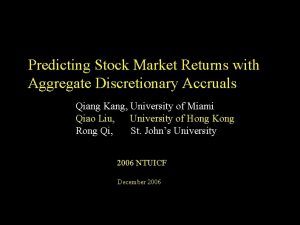Introduction to the E 391 a E 391













- Slides: 13

Introduction to the E 391 a

E 391 a Collaboration High Energy Accelerator Research Organization, KEK, Japan Joint Institute for Nuclear Research (Dubna), Russia Department of Physics, Kyoto University, Japan National Defense Academy of Japan, Japan Department of Physics, National Taiwan University, Taiwan Department of Physics, Osaka University, Japan Department of Physics, Pusan National University, Korea Research Center for Nuclear Physics, Osaka University, Japan Faculty of Science and Engineering, Saga University, Japan Department of Physics, University of Chicago, USA Department of Physics, Yamagata University, Japan

KL 0 gp nn physics n Flavor Changing Neutral Current n Direct CP violation (Ds =1) Im(Vtd) measurement n Very small theoretical ambiguity Only top loop in SM clean and pure n Last frontier in K-decay challenging

Experimental situation - Current and future -

Mile stones n n n Dec. 1996: conditionally approved Mar. 1999: constructed the beam line July 2001: approved Oct. 2002: engineering run Nov. 2003: middle section (last vacuum chamber) arrived 18 Feb. 2004: Started data taking

Detection Method Pencil Beam n n Pencil beam Detector with complete veto system n n n 4 p coverage with thick calorimeter Wide acceptance Double decay chamber Operation in high vacuum High PT selection Step by step approach n n KEK-PS E 391 a JPARC Detector system

Detector system

Detector system (Cont. )

Detector Integration Jan 22, 2004

Calibration using cosmic rays

Clearly reconstructed KL decay modes n KL p 0 p 0 p 0 6 -g invariant mass (Ge. V/c 2) n KL p 0 p 0 4 -g invariant mass (Ge. V/c 2)

JPARC http: //j-parc. jp/

A-line plan at JPARC
